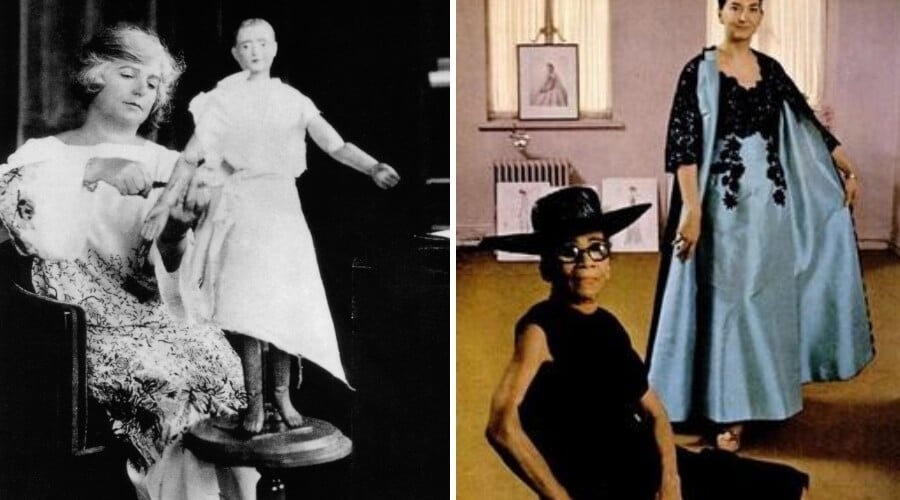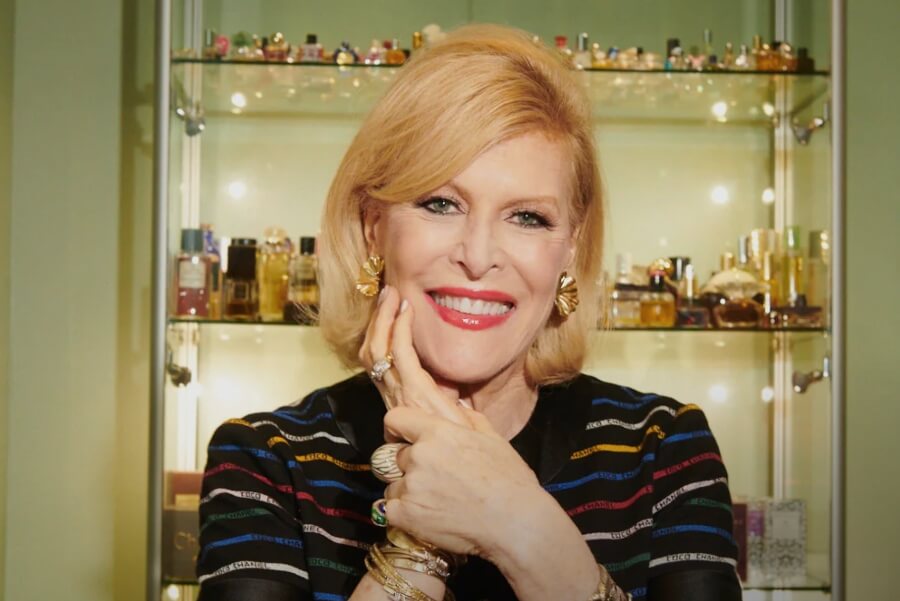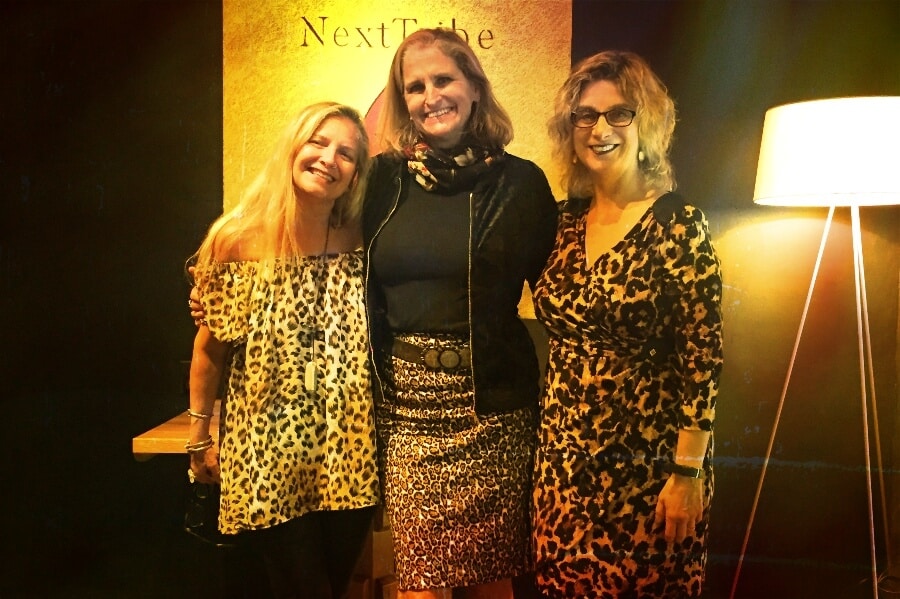“It is one of those ironies rarely discussed in the fashion industry—that a world focused largely on catering to (or exploiting, depending on how you look at it) the dreams and identity of women is run mostly by men.”
We were struck by the infuriating truth of this first line of Vanessa Friedman’s New York Times story on four new museum exhibits celebrating women designers. Think about how strange this is. It means that for decades, the clothes women wore has been dictated by how men want to see them, not their comfort or self-expression.
For decades, the clothes women wore has been dictated by how men want to see them, not their comfort or self-expression.
How did this happen? The same way men have dominated most every corner of life (don’t even get us started on the men who ran women’s magazines like McCall’s and Good Housekeeping for most of the 20th Century).Yes, there was Coco Chanel, and thank God for her since she’s the one who offered women a small bit of liberation in the form of pants. But we’ve also had Christian Dior, who created the “New Look” in the 50s–a hyper-feminine ideal of tiny waist and abundant fluffery from there to the hemline. Surely this was in reaction to the gains women made during World War II, when they were working in factories and proving how capable they were in coveralls and boots.
It’s refreshing and more than a little past due to acknowledge the contributions of women who wanted to dress their own sex.
Female Fashion Designers Taking a Bow
In the fall, the Costume Institute of New York’s Metropolitan Museum of Art will present a survey of women designers called “Women Dressing Women.” Friedman writes, “It has never before taken a broad look at the female fashion canon—or, indeed, posited that there is a female fashion canon and that it should be a larger part of the general fashion canon.” The exhibit showcases the work of about 70 designers held in the Costume Institute’s collection, which stretches from about 1910 to today and includes names both famous (Jeanne Lanvin, Claire McCardell) and little known (Augusta Bernard, Madeleine & Madeleine).
A museum in Delaware, the Winterthur, is opening a comprehensive exhibition of the work of Anne Lowe. In 1964, The Saturday Evening Post referred to fashion designer Ann Lowe as “Society’s Best-Kept Secret.” Although Lowe had been designing couture-quality gowns for America’s most prominent debutantes, heiresses, actresses, and society brides—including Jackie Kennedy, Olivia de Havilland, and Marjorie Merriweather Post—for decades, she remained virtually unknown to the wider public. Since then, too little recognition has been given to her influence on American fashion.
Too little recognition has been given to Anne Lowe’s influence on American fashion.
Born in Clayton, Alabama, into a family of African American dressmakers, Ann Lowe, who died in 1981, learned the skill of dressmaking from her mother and grandmother. She developed not only expert technical skills by the time she was a teenager but also her distinctive style—feminine, elegant, and often incorporating her signature hand-made floral elements. Her extraordinary career took her through the Jim Crow South, from Montgomery, Alabama, to Tampa, Florida, and in 1928 to New York City. The dress she made for Jackie Kennedy’s marriage has been called the most famous wedding dress in the country.
In October, the Jewish Museum in New York is offering, Mood of the Moment: Gaby Aghion and the House of Chloé. Aghion was the founder of Chloé. Most of us have likely heard of the design house, but how many of us know the name of Gaby Aghion, who is known for liberating women’s bodies from the restrictive attitudes and styles of the time, as well as pioneering the emergence of luxury ready-to-wear.
In 1952, after telling her husband she no longer wanted to live off his money, Ms. Aghion began her fledgling line with relaxed and airy feminine fashions, shows at the Café Flore and labels that bore the name Chloé rather than the boutiques that sold them. Casting a new light on the label’s 70-year history with nearly 150 garments as well as never-before-exhibited sketches and documents from the Chloé Archive, this exhibition highlights Aghion’s vision of effortless, luxurious fashion, and the work of iconic designers who began their careers with the brand, including Karl Lagerfeld and Stella McCartney. The exhibition will showcase Aghion as a leader whose work altered the course of the global fashion industry.
Paris and Beyond
Paris, the epicenter of fashion, gets into the act as well. The Musée des Arts Décoratifs will present a retrospective of the work of Iris van Herpen, who is now recognized as one of the most avant-garde figures of her generation. Organized as an immersive and sensory exploration into the designer’s universe, this retrospective merging fashion, contemporary art, design and science, revolves around eight themes that identify the very essence of van Herpen’s body of work.
These shows emphasize to us how few female designers are at the top of the field today.
These shows emphasize to us how few female designers are at the top of the field today. We really hope that more women designers will mean more clothes that fit our forms—no matter if our forms fit the ideal or not. Even if we’re not buying haute couture and top-of-the-line fashion, there is a trickle down effect that influences what we see at lower price points.
Melissa Huber, curator of the Costume Institute’s show, told the New York Times that she hopes this is the beginning of a conversation. “I think it’s a very exciting moment for women designers,” she added. What really matters is what happens next, now that “this critical mass of voices is suddenly coming together.”
Read More: Why We’ll Remember Gloria Vanderbilt More for Her Resilience Than Her Fashion





















0 Comments